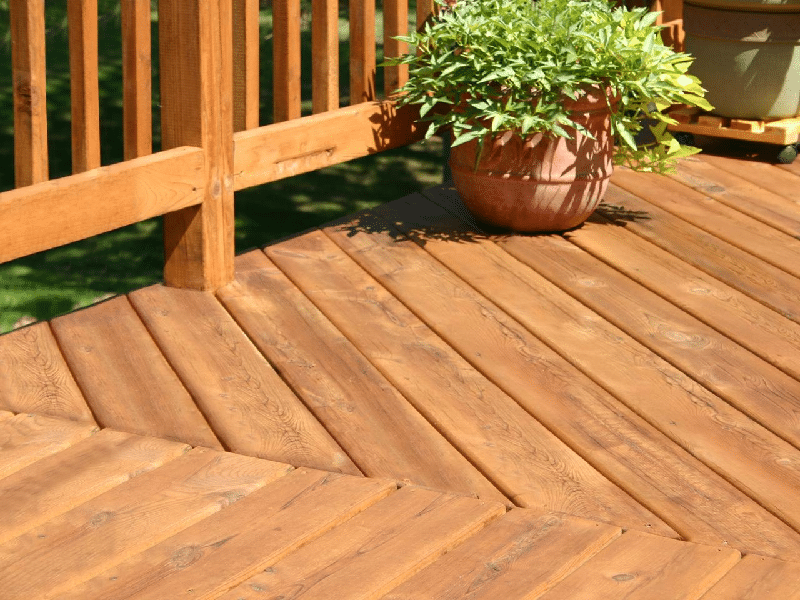Deck owners often hear conflicting information about how often they need to schedule deck waterproofing. Is it every year? Every five years? Once in the deck’s lifetime? Instead of turning deck care into a math lesson, learn to look for signs that your deck needs an update to its protective sealant.
Materials Matter
The type of material used to build your deck will play a major role in how often you need to waterproof. Some materials, such as wood, do not last as long between waterproofing treatments as concrete.
Environmental Exposure
Environmental exposure makes a tremendous difference in how often you need to waterproof the deck. Rainy areas or those with high humidity test the mettle of deck waterproofing systems. If your deck has full sun exposure, it will need more frequent treatments than if it sits in the shade most of the time.
Deck Use
How do you use your deck? Is it next to a pool that regularly gets chlorinated water splashed on it? Do people frequently walk over it or do you use it only on weekends for family gatherings?
The more often you use your deck, the more quickly you will wear off the sealant. Extra-heavy use, as seen on commercial decks, tends to need more frequent care than those used in homes or infrequently.
How Your Deck Tells You It’s Time for Waterproofing
Your deck will develop symptoms of water damage as the sealant wears off. The signs depend on the type of material you have and how much of the waterproofing has worn off your deck.
1. Water Stains
An early sign that you need to schedule waterproofing is noticing water stains on your deck. Examine your deck after a rainstorm to look for water stains.
2. Water No Longer Beads
If you don’t want to wait for rain, do a water bead test. Pour a small amount of water onto your deck. If it beads, your waterproofing is still performing well. However, if the water soaks into the deck material, schedule resealing.
3. Peeling
Peeling is another sign of weather damage to wooden decks. You may also notice cracking. Either of these indicates that the sun and rain have taken their toll on your deck.
4. Cupping
If you neglect waterproofing for an extended time, your deck could develop more severe problems such as cupping and rot. Cupping occurs when the top and underside of the deck dry at different speeds. The bottom stays swollen from absorbed moisture while the top shrinks from rapid drying. The result of these moisture level differences is cupping.
5. Rot
Wooden decks also rot from a fungus that grows in response to high moisture levels. Moisture levels of only 16% can accommodate rot. If the moisture inside the wood increases to 21%, the rot proliferates. You may notice soft areas of your wooden deck as rot begins to take hold.
While the construction of the deck prevents low spots where moisture collects, waterproofing allows water that falls to slide off the surface, improving the protection level. If you notice any of the above signs, you should schedule deck waterproofing to avoid having to completely replace it due to water damage.

